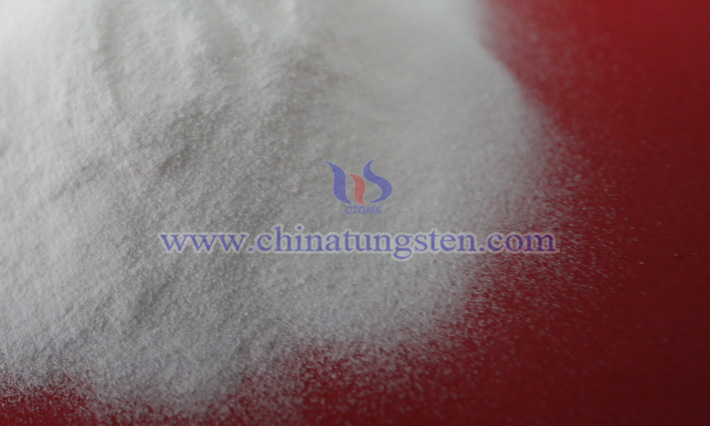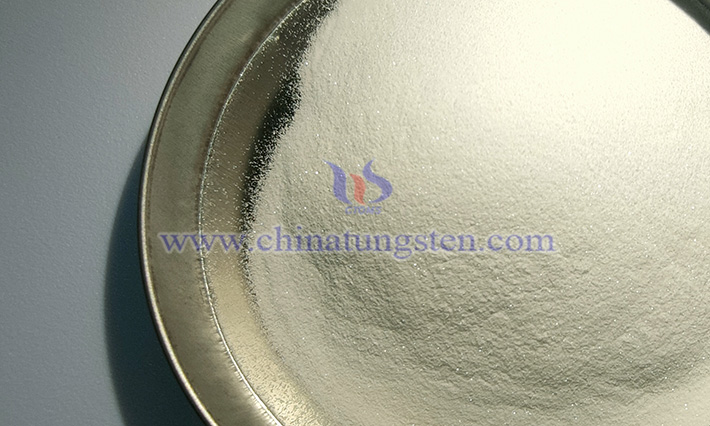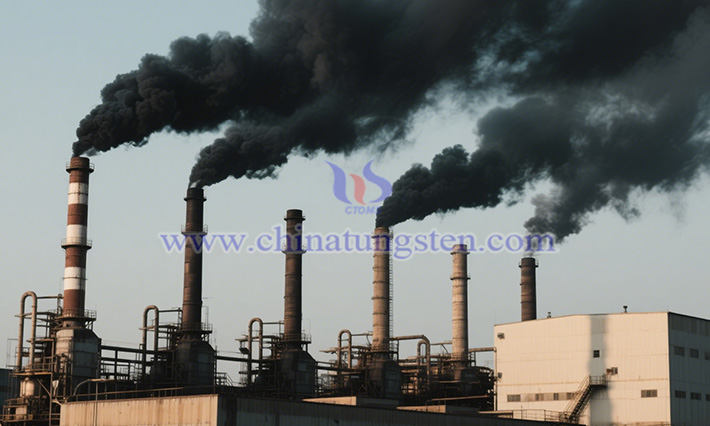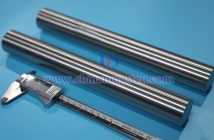CTIA GROUP LTD’s Ammonium Metatungstate (AMT), a white or slightly yellowish crystalline powder, is highly water-soluble, in stark contrast to the sparingly soluble ammonium paratungstate. As a critical inorganic chemical raw material, AMT is widely used across multiple industries. In tungsten metal production, AMT serves as a core precursor, transformed through complex reactions into high-purity tungsten powder for aerospace and electronics. In fire-resistant fabrics, AMT imparts superior flame-retardant properties, used in firefighter suits and fireproof curtains. In the ceramics industry, AMT enhances hardness, wear resistance, and high-temperature stability for architectural and industrial ceramics. Notably, in waste gas treatment, AMT-derived catalysts facilitate the conversion of harmful gases, contributing to environmental protection and cleaner skies.

I. AMT’s Pivotal Role in Waste Gas Treatment
In the complex and critical field of waste gas treatment, CTIA GROUP LTD’s AMT emerges as a “green guardian,” primarily functioning as a catalyst or catalyst support. Through intricate chemical reactions, it effectively removes pollutants from waste gases.
AMT’s efficacy stems from its unique surface structure and chemical properties. Its surface is rich in active sites, acting like “adsorption traps” that strongly attract pollutant molecules. When pollutants contact AMT’s surface, they are rapidly captured and concentrated, increasing the likelihood of reactions and creating favorable conditions for subsequent chemical transformations.

AMT also lowers the activation energy of chemical reactions. By providing an “energy bridge,” AMT enables reactant molecules to overcome energy barriers more easily, significantly accelerating reaction rates.
In practical applications, AMT often works synergistically with other active components to form efficient catalytic systems. For instance, combining AMT with transition metal oxides (e.g., manganese dioxide or iron oxide) provides additional active centers that complement AMT’s active sites, enhancing pollutant adsorption and conversion. AMT can also adjust the acid-base properties of the catalytic system, optimizing the reaction environment, improving selectivity and stability, and enabling targeted treatment of specific pollutants.


II. Types of Pollutants Treated by AMT
AMT demonstrates remarkable “purification prowess” in waste gas treatment, effectively tackling a range of common and highly harmful pollutants, significantly improving air quality.
Sulfur Dioxide (SO?): A prevalent pollutant from burning sulfur-containing fuels like coal and oil, SO? contributes to acid rain. AMT acts as a catalyst in SO? treatment, promoting its oxidation to sulfur trioxide (SO?) in the presence of oxygen. SO? then reacts with water to form sulfuric acid, which is separated via absorption devices. This process reduces SO? levels, mitigates acid rain, and enables sulfuric acid recovery for resource recycling.
Nitrogen Oxides (NOx): NOx, such as nitric oxide (NO), poses significant health and environmental risks. AMT facilitates Selective Catalytic Reduction (SCR), where ammonia or urea serves as a reducing agent. Under AMT’s catalysis, NOx reacts to form harmless nitrogen (N?) and water (H?O), reducing atmospheric pollution, photochemical smog, and acid rain risks.




